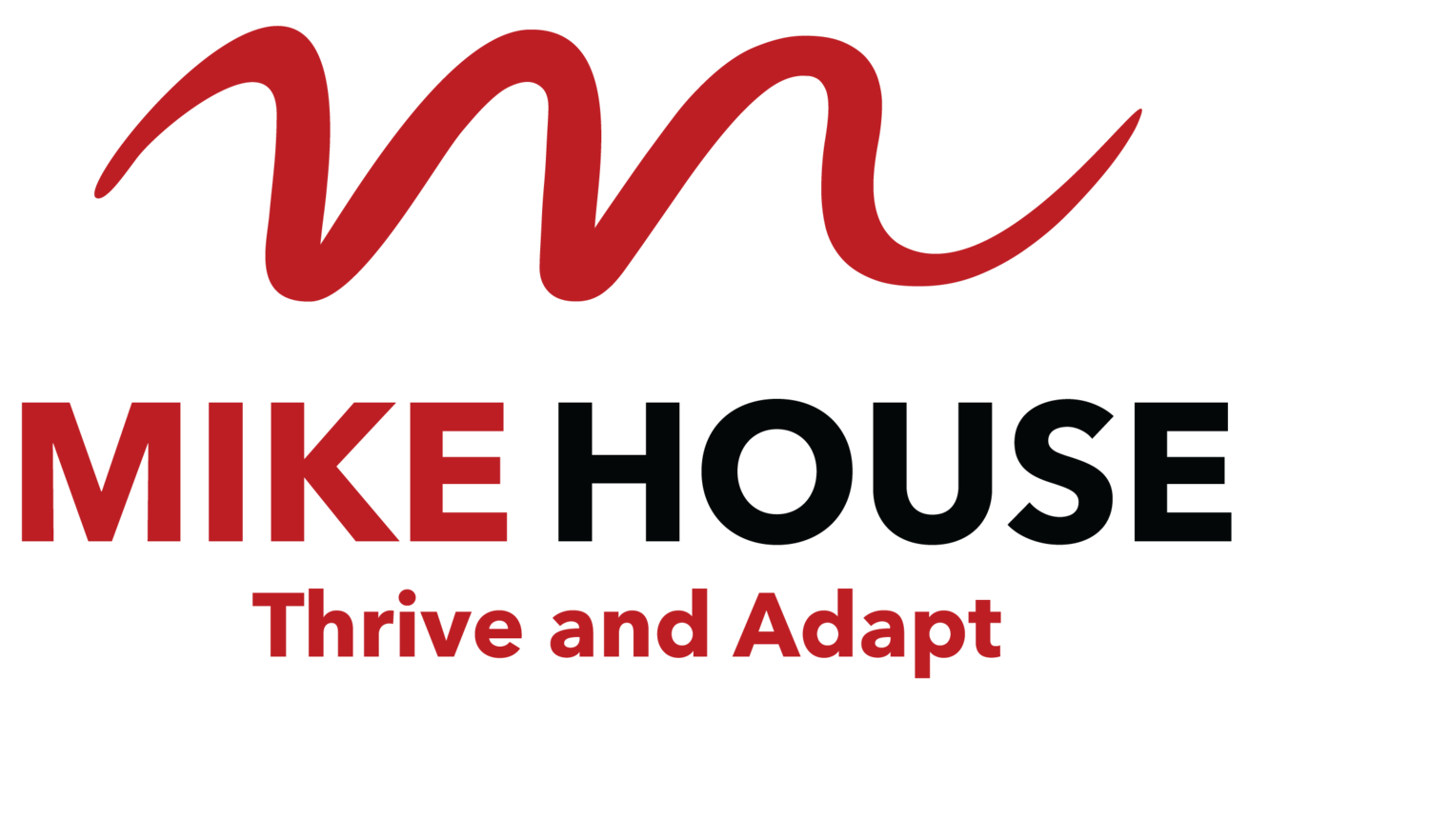Resistance?
/
The time loomed close. At first light just before dawn, the group was to set off into unknown territory. Yesterday was a long day. Walking across a harsh and rugged landscape with minimal supplies and uncertain access to water. Their bed had been scraped out among rocks and sticks. Sleep had been elusive, caught in short bursts of an hour or two and punctuated by the need to stoke the fire for warmth or ease the pressure of sleeping on the ground.
In the pre dawn stillness, I heard someone throw up. Not a good start to the day! As the team medic, it was my job to investigate and assess. I was surprised by what I found. The young man who was ill was by far the fittest member of the group. Well trained, confident and competent. He'd been talking about taking this trip for over 2 years, and was planning to take on an even greater challenge immediately afterwards. As we talked about what was going on for him, it turned out that he wasn't ill as such. But he was stressed.
His stress had him literally tied in knots, bunched and spasming muscle, a headache and waves of nausea. Debilitated by fear and anxiety. Despite our collective efforts, he was unable to stake it off, and ended up pulling out of the exercise.
His reaction was at the extreme end of a continuum of stress - the other end being so unstressed that we are bored. Somewhere in the middle is peak performance where we are stressed enough to be motivated, but not so much that we are overwhelmed (If you want to know more about that, check out the Yerkes Dobson Curve). You may well have experienced some form of being overwhelmed during your life. In that state, it's very difficult to access your ability and rationale. Even simple decisions can seem impossible. Operating at that level takes an enormous amount of energy and is not sustainable.
When I'm speaking to people who are managing change programs, they often talk about resistance. Resistance sometimes shows up in spite of what people are saying. A person might have agreed to the change, and have even been enthusiastic about it, only to appear resistant later on. The typical response to resistance is to shove harder. More force rarely works and is usually matched with even greater resistance.
Our pre dawn bloke was stressed and torn between a part of himself that really wanted to take on the challenge, and another that was unable to face it in that moment. He was concerned about appearing out of control, and incompetent in front of peers and mentors. This is often at the heart of resistance, and often is more to do with hard wired survival instinct than ego. For the vast majority of human history, we have lived in small tribes, or communities, reliant on each other's skill and competence for our very existence. in this context, incompetence was literally life threatening. When people are called upon to adopt something new, there's an inevitable period of uncertainly often accompanied by the need to learn new ways of doing. People will retreat to the familiar, especially if they are nearing their personal capacity of stress. It's not a conscious choice - they may not even be aware that they are doing it.
Rather than shoving harder, work on creating environments where the "new" can be engaged safely and playfully. Have explicit conversations about the unspoken expectations that create the resistance. - More on that next week.













